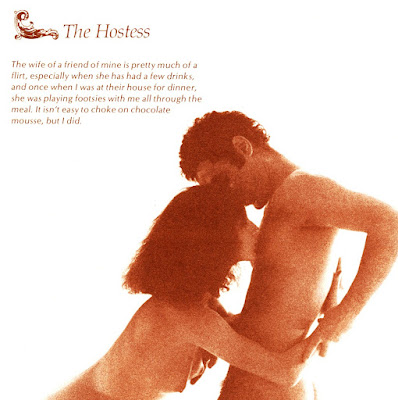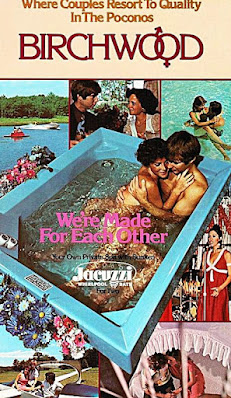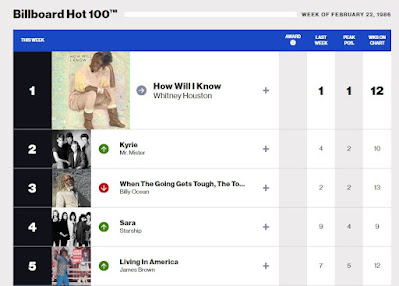Celebrating Valentine's Day 2024 !
Joys of Fantasy: The Book for Loving Couples
by Siv Cedering Fox
Stein and Day, 1977
Here at the PorPor Books Blog, we like to celebrate Valentine's Day by showcasing a book (fiction or nonfiction) that deals with love. For Valentine's Day 2024, we're looking at a quintessential work of 1970s 'erotica'.
In the Summer of 1976, film producer and editor Ed Rothkowitz and photographer Joseph Del Valle arranged for some of New York City's best-known porno actors and actresses to pose for a series of photographs, taken in the studio of 'adult film' film director Toby Ross.
Rothkowitz combined the photos, which epitomized the soft-focus 'erotica' of the 70s, with various 'sensual' poems and prose pieces, most of which were authored by a woman named Civ Cedering Fox.
Cedering Fox (1939 - 2007) was born in Sweden and later moved to San Francisco, where she grew up. She gained notice as a poet, novelist, children's book author, artist, and songwriter during the 1970s and 1980s.
The photo and poem combination, titled Joys of Fantasy to channel the runaway success of The Joy of Sex, was published by Stein and Day in 1977 in both hardcover and softcover editions.
There are products of the 70s that are so cheesy and kitschy, or so sublime and transcendent, at the same time and point in space that any attempt to analyze them is futile; so it is with Joys of Fantasy. I'll simply present selected, carefully cropped photos from the book and let readers come to their own conclusions.
Of note is the fact that one of the male models used in the portfolio is none other than Dennis Posa, aka 'Dennis Parker', whose 1979 LP 'Like An Eagle' is one of the touchstone records of the disco era ! Can you get any more Seventies than that ?!
Although it's long out of print, copies of the paperback edition of Joys of Fantasy can be had for affordable prices. I recommend perusing it accompanied by a bottle of Boone's Farm Strawberry Hill, incense, an Emerson Lake and Palmer record, and shag carpeting........in an Earth Tone.
















































































